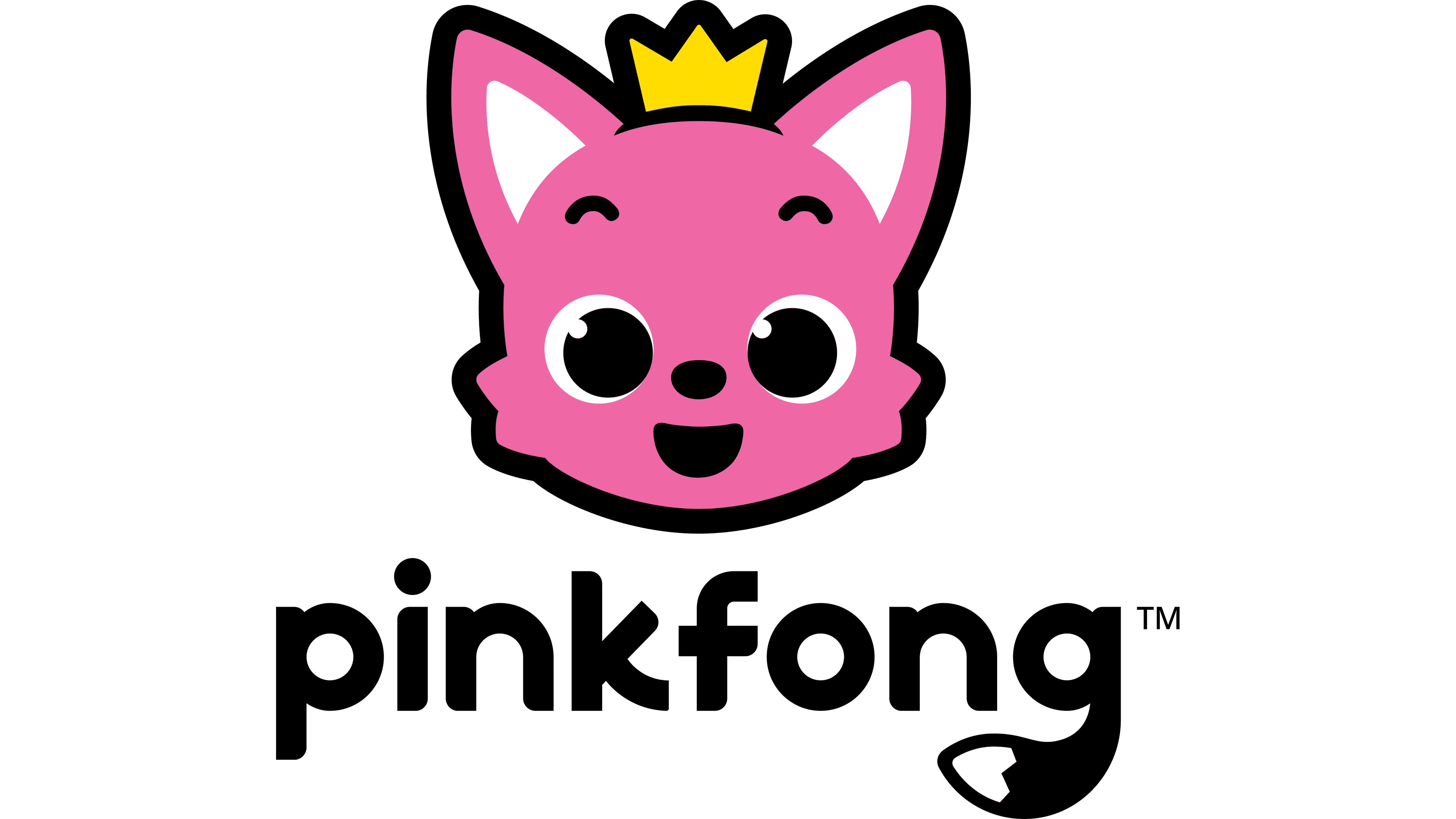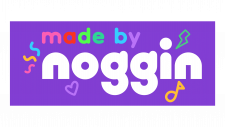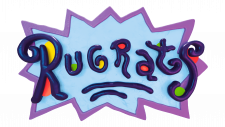Pinkfong Logo
Pinkfong is an educational brand created by the South Korean media company SmartStudy. It’s renowned for producing children’s content, including songs, stories, and educational videos. The brand gained global fame with the viral hit “Baby Shark,” which became an internet sensation for its catchy tune and simple, repetitive lyrics. Aimed at preschoolers, Pinkfong’s content is designed to be both entertaining and instructional, often incorporating colorful animations and engaging characters to teach basic concepts, language skills, and more. The success of “Baby Shark” catapulted Pinkfong into international recognition, making it a household name in kids’ entertainment.
Meaning and history
Pinkfong, an educational entertainment brand, emerged from SmartStudy, a South Korean company, and swiftly transformed into a global phenomenon. Launched in 2010, SmartStudy’s focus was on creating engaging, educational content for children. Pinkfong, named after a fictional pink fox character, became their flagship brand. It stood out with its vibrant, animated videos, catchy songs, and a focus on early childhood learning and development.
The brand’s defining moment came in 2016 with the release of “Baby Shark,” a simple yet captivating song featuring a repetitive melody and easy-to-follow dance moves. Initially popular in Southeast Asia, the song exploded worldwide, thanks in part to the viral nature of social media and the universal appeal of its tune and dance. “Baby Shark” became one of the most-viewed videos on YouTube, bringing Pinkfong to an unprecedented level of international fame.
This success led to a wide range of merchandise, from books to toys, and even a Nickelodeon TV series. Pinkfong capitalized on its newfound popularity, expanding its content to include more songs, stories, and educational themes. The brand aimed to make learning fun, covering topics like the alphabet, numbers, animals, and more, all through its engaging, music-based approach.
Pinkfong’s impact extended beyond just entertainment. Its reach into educational systems and its integration into cultural lexicon showed the power of music and digital media in contemporary childhood learning. The brand’s growth reflected a shift in how children consume educational content, with a growing emphasis on digital platforms.
Pinkfong’s journey from a small segment of a South Korean company to a global educational entertainment powerhouse highlights the transformative power of digital media in the 21st century. Its blend of education, entertainment, and technology continues to captivate and educate children worldwide.
What is Pinkfong?
Pinkfong is a vibrant global children’s brand created by the South Korean company SmartStudy, renowned for its captivating educational content. It soared to international fame with the viral sensation “Baby Shark,” combining fun, catchy tunes with animated characters to engage and educate young minds.
2010 – 2012
The logo presents a whimsical, magenta-colored, cartoonish fox face with wide, attentive eyes, nestled above the bold, sans-serif typeface spelling “SMART BOOKS.” Its playful, almost mischievous expression is aimed at capturing the imagination of a young audience, while the crisp, contrasting black lettering grounds the design with a sense of solidity and readability. The simplicity of the logo’s design allows for instant recognition, with the fox character inviting a sense of fun and curiosity, characteristic of engaging educational materials for children.
2012 – 2014
The updated logo bursts with a vivid pink backdrop, emphasizing the brand name “PINKFONG” in bold, playful white letters outlined in black. Atop sits the brand’s mascot, a friendly fox with a wide-eyed look of excitement and a gentle smile, evoking a sense of approachable fun. This character, rendered in a darker shade of pink, is more detailed than the previous iteration, with added elements like a visible ear interior and a cheeky tongue, enhancing its charm. The overall feel of the logo is more dynamic and whimsical, clearly targeting a young and energetic audience while reinforcing the brand’s connection to lively educational content.
2014 – 2018
In this evolution of the brand’s emblem, the Pinkfong logo adopts a more refined appearance. The fox’s image is simplified, presenting a front-facing, friendlier visage that eschews extra details for clean lines and large, round eyes. A golden crown perches atop the fox’s head, introducing a new element. The typeface of “PINKFONG” beneath is bold and straightforward, with substantial letter spacing, ensuring the name is legible and impactful. This iteration retains the playful spirit of its predecessor while streamlining the design to a more iconic and easily recognizable symbol.
2018 – 2020
This rendition of the Pinkfong logo sees a shift towards a more relaxed, informal style. The brand name “pinkfong” is now in lowercase, suggesting a softer, more approachable image. The letters are fluid and rounded, giving the text a playful, dynamic feel that resonates with a youthful audience. The last letter now has a fox tail. The fox character remains central, still sporting its golden crown. The color of the fox shifts to a lighter, more vibrant pink, which, along with the text’s transformation, contributes to a more modern and inviting brand identity. These changes reflect a move towards simplicity and warmth, aiming to connect with children and parents on a more personal level.
2020 – Today
The latest Pinkfong logo maintains the brand’s playful essence while introducing subtle yet distinct changes. The fox character now features an even more stylized and geometric appearance, with the ears pointed upwards, adding to the character’s alert and cheerful demeanor. This time, the eyes are more rounded and prominent, and the addition of the cheeky. The golden crown has been simplified, aligning with the logo’s overall trend towards a more modern and clean look.
Below the fox, the “pinkfong” text receives a typographical tweak; the letters are slightly thinner and more elongated, creating a more elegant and refined appearance. The color palette has been lighter, providing brand recognition, but the overall finish looks impeccable, reflecting the brand’s evolution in both design and market presentation. These changes reflect a brand that is growing up alongside its audience, maturing in its identity while retaining its foundational charm.
















